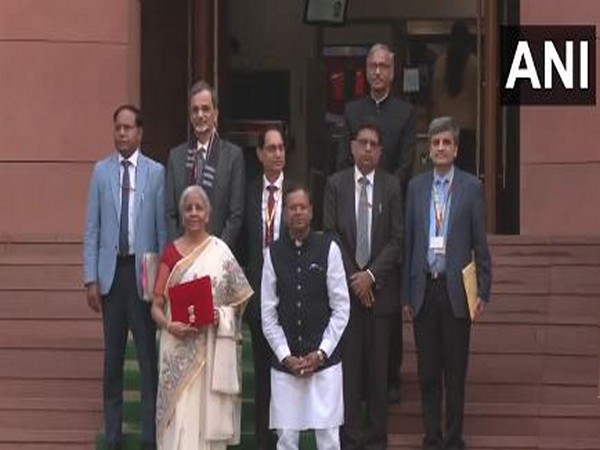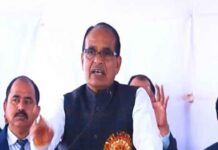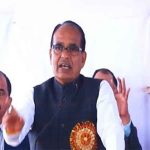Union Finance Minister Nirmala Sitharaman on Saturday arrived at the Parliament with Union MoS Pankaj Choudhary and other officials. She will attend the Cabinet Meeting where the Union Cabinet will give its assent to the Budget after which the FM will present the Union Budget 2025 in Parliament.
Nirmala Sitharaman and Minister of State for Finance Pankaj Chaudhary met President Droupadi Murmu at the Rashtrapati Bhavan ahead of the Union Budget.
President Murmu offered ‘dahi-chini’ to the Union Finance Minister. This is a customary sign of wishing good-luck. During their meeting, the Finance Minister was seen discussing the contours of the Budget proposals with the President.
Nirmala Sitharaman is set to present her record 8th consecutive budget today in the Lok Sabha. The budget speech will outline the government’s fiscal policies, revenue and expenditure proposals, taxation reforms, and other significant announcements.
Meanwhile, the Economic Survey tabled in Parliament on Friday projected India’s economy to grow between 6.3 per cent and 6.8 per cent in the next financial year 2025-26.
The survey, tabled a day before the union budget, highlights that the country’s economic fundamentals remain strong, supported by a stable external account, fiscal consolidation, and private consumption.
It noted that the government plans to strengthen long-term industrial growth by focusing on research and development (R&D), micro, small, and medium enterprises (MSMEs), and capital goods.
These measures aim to enhance productivity, innovation, and global competitiveness.
“The fundamentals of the domestic economy remain robust, with a strong external account, calibrated fiscal consolidation and stable private consumption. On balance of these considerations, we expect that the growth in FY26 would be between 6.3 and 6.8 per cent,” it said.
The survey noted that food inflation is expected to ease in Q4 FY25 due to the seasonal decline in vegetable prices and the arrival of the Kharif harvest. A good Rabi production is also expected to help keep food prices in check in the first half of FY26. However, adverse weather conditions and rising international agricultural prices pose risks to inflation.
The survey also added that India’s foreign exchange reserves remain strong, covering 90 per cent of external debt and providing an import cover of over ten months. The reserves increased from USD 616.7 billion in January 2024 to USD 704.9 billion in September 2024 before moderating to USD 634.6 billion as of January 3, 2025. The stability in capital flows has played a key role in supporting India’s external strength.
The survey also highlighted significant growth in the formal employment sector. Net Employees’ Provident Fund Organisation (EPFO) subscriptions have more than doubled from 61 lakh in FY19 to 131 lakh in FY24.
The budget session of the Parliament commenced on Friday (January 31) with the joint address of President Droupadi Murmu.
The first part of the Budget session will continue till February 13 and the two Houses will again meet on March 10 after recess with the session concluding on April 4. (ANI)
















